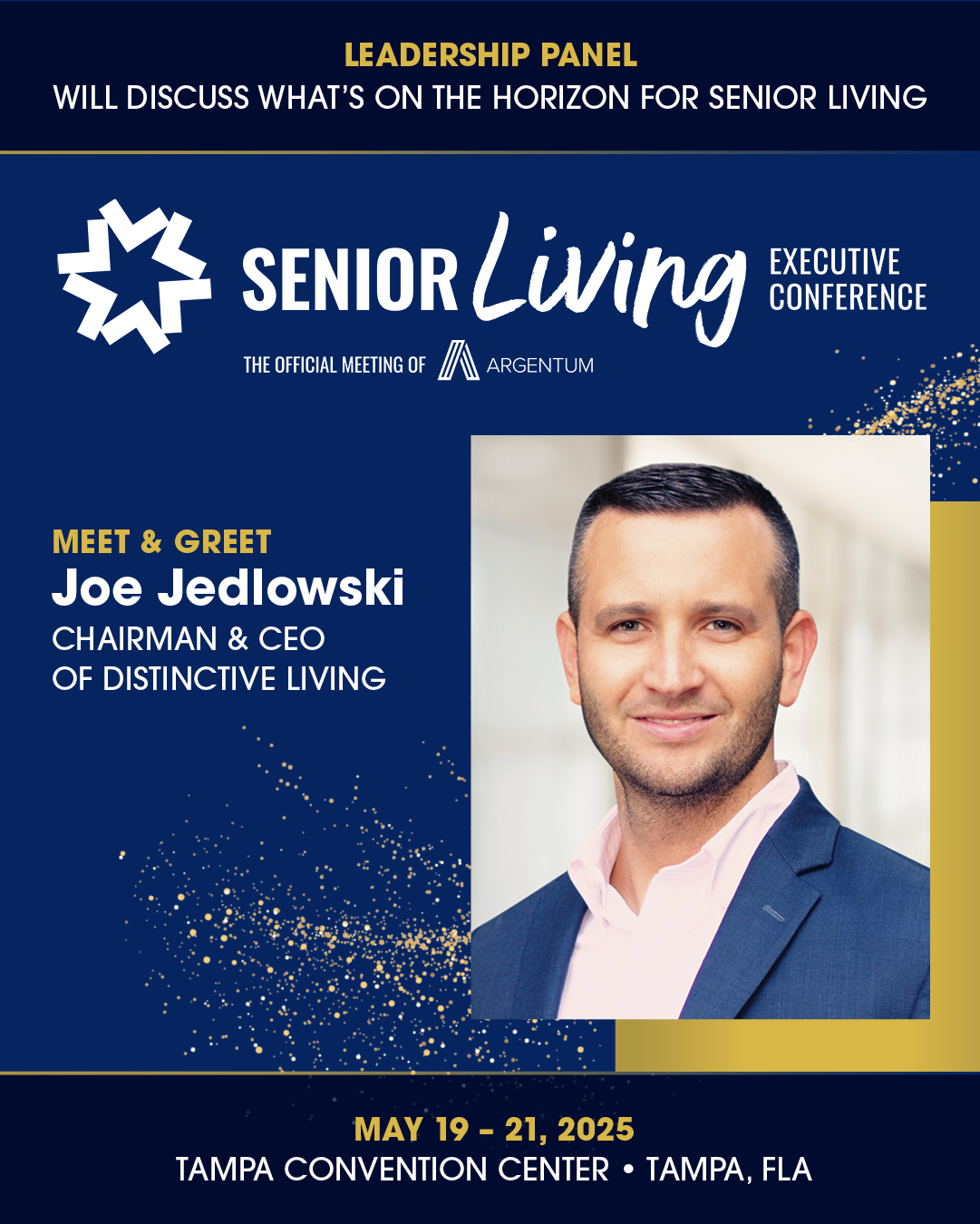Key Takeaways
- Some of the most common levels of care include independent living, active adult living, assisted living, and memory care.
- Independent living and active adult living are Ideal for healthy, active seniors.
- Assisted living is for people who need assistance with activities of daily living (ADLs).
- Memory care is for people with Alzheimer’s, dementia, or other cognitive challenges.
- Distinctive Living partners with senior living communities, offering guidance and services backed by years of experience and expertise across every area of senior living operations and development.
Every senior living community is a little different. Factors like local weather, amenities, and the services and attractions in the surrounding area can all offer unique charms. But, there are also similarities and standards that every community should follow—and that includes the common levels of care.
The most common levels of care include independent living, active adult living, assisted living, and memory care. Continuing care retirement communities are also a common option that many people consider for their loved ones.
Considering the right levels of care and being aware of what is expected and required for each level is as critical for senior living communities themselves as it is for people seeking a community they or their loved one can enjoy.
Who Is Independent Living For?
Independent living is for healthy, stable residents seeking convenience, community, and an active lifestyle without the burdens of homeownership. This lifestyle often serves as a robust entry point for senior living communities.
With typically lower staffing ratios and an amenity-driven revenue model, it can offer a strong financial foundation for senior living communities. While independent living generally involves simpler operational complexities compared to higher care levels, it still hinges on exceptional hospitality and vibrant community engagement.
Rather than being focused on intensive medical care, independent living is more often geared toward rich lifestyle programming, meticulous maintenance, and superior concierge services to ensure residents are satisfied.
What Is Active Adult Living & Who Is It For?
Active adult lifestyle communities are specifically designed for seniors seeking an engaging, active, and social retirement. For investors and operators, these communities also serve as an ideal entry point to the senior living continuum, often attracting independent residents.
An active community’s value lies in its focus on lifestyle-promoting services and experiences. Think state-of-the-art fitness centers, inviting swimming pools, robust social event calendars, and planned group outings.
Beyond the vibrant social scene, residents often benefit from convenient services like housekeeping and transportation. The emphasis here is on fostering an environment where seniors can maintain an active social life, explore new hobbies, and connect with peers who share similar interests, ultimately enhancing their quality of life and contributing to a thriving community.
When Should You Choose Assisted Living?
Assisted living is for people who need assistance with activities of daily living (ADLs), such as bathing, dressing, and medication management. For communities, it requires a more nuanced approach to staffing. Assisted living communities need a well-trained team, including certified nursing assistants and medication aides, supported by robust training programs and appropriate staff-to-resident ratios.
Regulatory Compliance & Licensing for Assisted Living
Navigating state-specific regulations and licensing requirements can be critical for assisted living. These regulations can dictate everything from community design and safety protocols to staff qualifications, care planning, and staff-to-resident ratios. Strict adherence to compliance not only ensures resident safety but also impacts operational costs and overall reputation of senior living communities.
Personalization of Care Plans & Resident Satisfaction
A hallmark of quality assisted living is the ability to develop and implement highly personalized care plans. For communities, providing this kind of exceptional care can also be a key driver for retention and positive referrals.
In our communities, we recognize that every resident has unique needs and preferences. A flexible care model enhances their daily life and supports their well-being, helping us provide the best care and support possible.

Who Is Memory Care For?
Memory care is a specialized lifestyle and form of care for people affected by Alzheimer’s, other forms of dementia, and other conditions that can cause cognitive challenges, such as Parkinson’s.
Memory care communities require special design considerations to ensure the safety, security, and well-being of residents living with cognitive challenges. This includes secure perimeters, intuitive layouts, sensory-rich environments, and spaces designed to reduce confusion and agitation. Investment in specialized infrastructure is often necessary for communities that offer memory care.
Specialized Staff Training & Ratios for Dementia Care
Memory care communities also have higher staff-to-resident ratios, and their staff have extensive specialized training. They must be proficient in communication techniques, behavior management, and person-centered care approaches.
For communities, recruitment and retention of this highly skilled workforce is critical for successfully supporting residents and providing a high level of care.
Costs for Memory Care
Due to the specialized infrastructure, higher staffing levels, and ongoing training, memory care typically incurs higher operational costs and the costs are often higher for residents than other levels of care. However, for communities, this specialized service can also open up new opportunities to expand the service and support being offered for their residents and local community.
When Should You Choose Continuing Care?
A continuing care retirement community (CCRC) is a community where residents can age in place, transitioning seamlessly between independent living, assisted living, and memory care as their needs evolve, all within the familiar surroundings of one community. This significantly increases resident comfort, care, and value—and makes it possible for residents to remain in one community even when their needs change.
This kind of long-term care solution can be a strong selling point for prospective residents and their families. The peace of mind that comes from knowing your loved one can remain in their preferred community can be a significant differentiator from other communities, especially for people who prioritize stability and comprehensive long-term planning.
Who Can You Partner with in Senior Living?
Working with a partner can help you get the most out of your senior living community—and even more importantly, provide the best care for your residents. Distinctive Living is proud to partner with communities and people who share our values, such as mutual trust and respect, passion, and excellence. We have the operational expertise to help you be confident your community can address the needs of your residents.
With 30 communities in nine states, there’s a place for everyone. Contact us today to learn more about a Distinctive Living community near you.




